From the Pilot’s Seat, Kiwi Adventures in the Sky
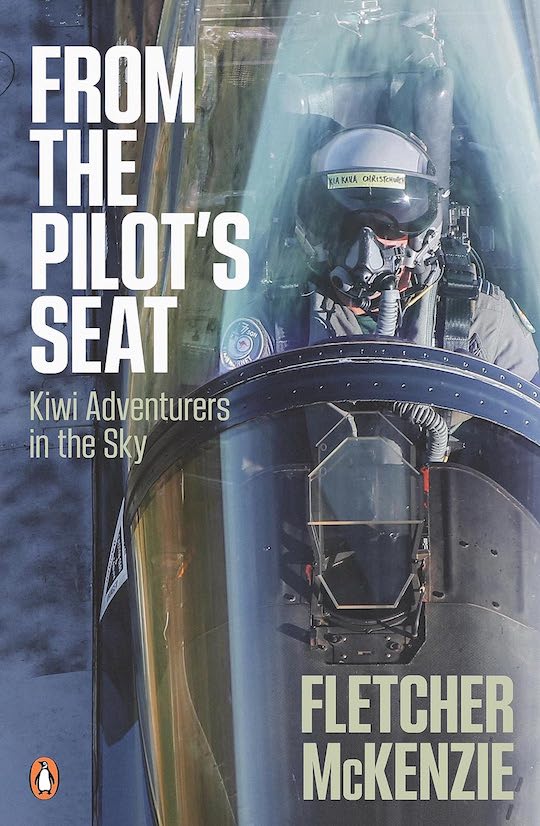 by Fletcher McKenzie
by Fletcher McKenzie
I must admit to approaching this book with some trepidation, having struggled through too many pilots’ reminiscences in the standard “The older I get, the better I was” form, and who don’t write any better than they flew.
However, the 23 chapters aviation entrepreneur and safety expert McKenzie has compiled here are refreshing from content, context, grammar, and proofreading aspects.
From a keen aviation family, he has been around long enough to have interviewed Second World War pilots for three fascinating chapters of memories, and the remaining chapters cover military flying in transport, training, fighter, and helicopter roles; civil aviation in the same categories since “warbirds” are a strong interest; glider flying; female aviators present in all categories; record-breaking; and even high-flying executive jets.
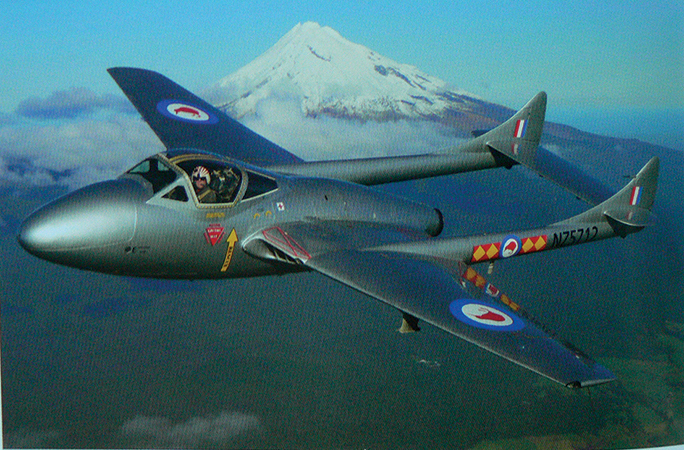
The late Brett Emeny made major contributions to New Zealand aviation, and here he flies his de Havilland Vampire past the dormant Mt Taranaki, 8260 feet. All photos: Gavin Conroy.
The isolation of New Zealand, and its mountainous topography with isolated settlements have resulted in a vibrant interest in flying from very early days, and the Walsh brothers, who ran a training school in Auckland as early as 1915, were Boeing’s first customers in 1919.
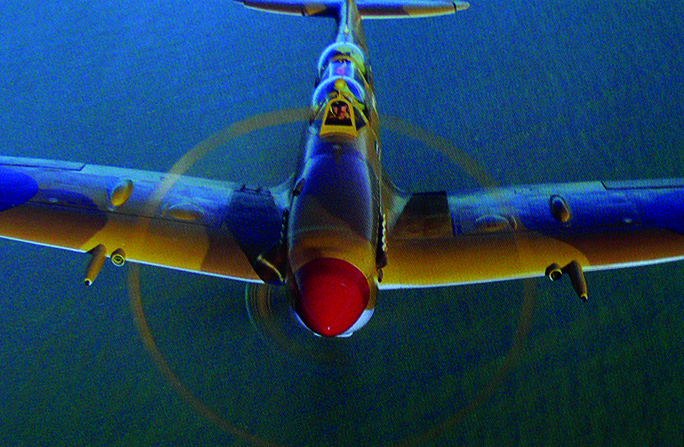
Liz Needham is flying the Supermarine Spitfire Tr9 which first flew with 65 Squadron RAF from July 1943.
McKenzie has left the early history to other historians, keeping the focus as much as possible on recording the careers of people who are still with us, excluding of course those whose lives started more than a lifetime ago.
In the “you don’t know what you don’t know” category I found particularly interesting the chapter by Ray Richards, who flew Grumman F4U Corsairs with the Royal Navy’s Fleet Air Arm after choosing his advanced training on Boeing Stearmans in the US rather than Canada. This took place in Michigan, Florida and Maine, and escort aircraft carriers transported planes and pilots across the Atlantic and eventually through the Suez Canal to Madras (Chennai) and Ceylon (Sri Lanka). Richards flew his Corsair as part of eight squadrons from four aircraft carriers on ground attack and escorting the bombers that attacked the oil refinery at Palembang on Sumatra in two raids in January 1945. Despite heavy losses, it was estimated that 75% of oil supply by that refinery to the Japanese armed forces was destroyed.
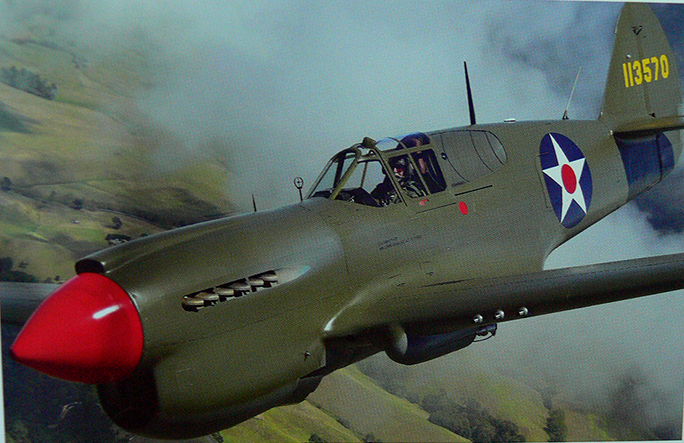
This Curtiss P40E finished its first career in a lake near Murmansk, Russia in World War Two, and since its recovery in 1997 it has been returned to flying order in the early colors of the USAAF.
Although most New Zealanders in Bomber Command flew with 45 Squadron RAF then RNZAF, Les Munro was among the volunteers who comprised 617 Squadron RAF, the “Dambusters”, and his detailed memories were gathered before his passing at 96 in 2015.
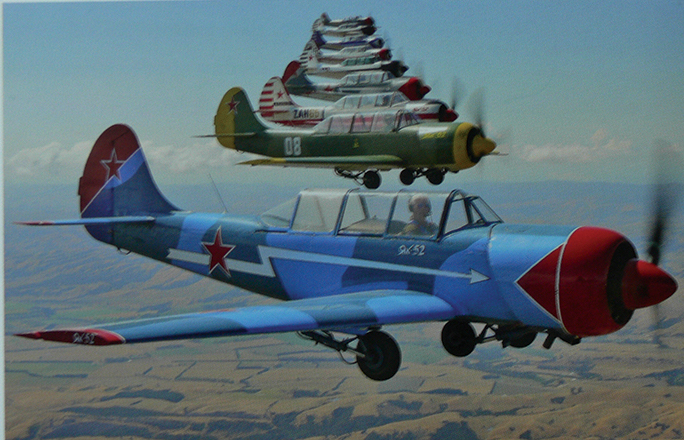
A rare sight: nine Yakolev 52s flying in formation.
The chapter about Spitfires is by Doug Brown, who was one of eight university students who were skiing at Mt. Ruapehu on the day War was declared in September 1939, and who all volunteered for Air Force service on the Monday morning. Along with good technical information about the various Marks of Spitfires he flew, he concludes with, “I was a young boy when I joined, and after a few operational trips, I was a grown man.”
The book was printed in Australia, and the quality of the necessarily small prints of Gavin Conroy’s fine photographs is excellent.
Copyright 2024, Tom King (speedreaders.info).


 RSS Feed - Comments
RSS Feed - Comments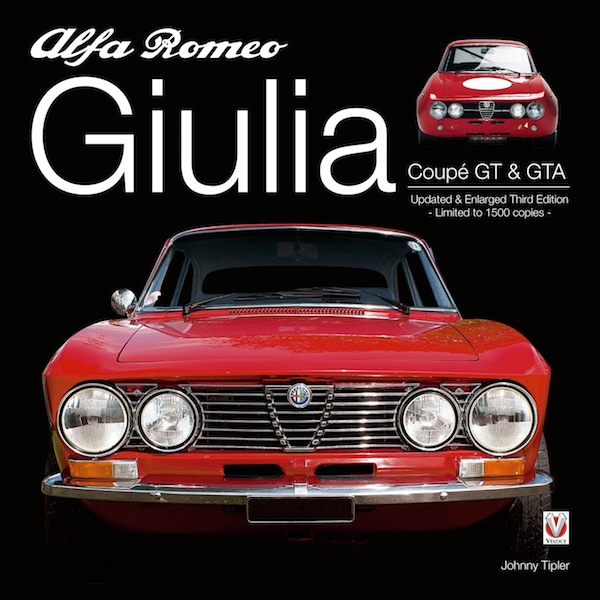
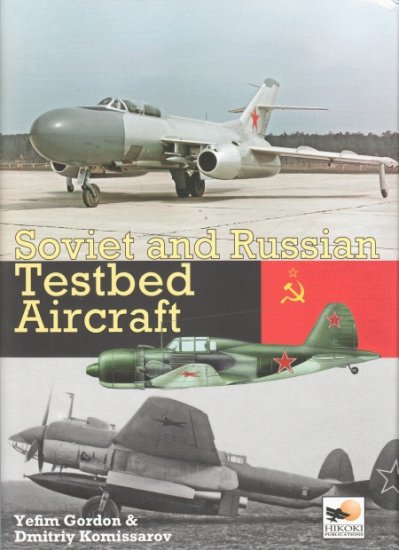
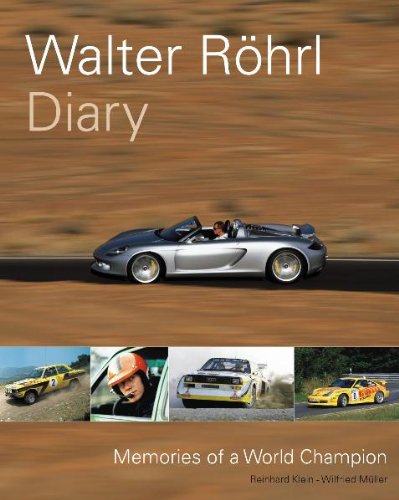
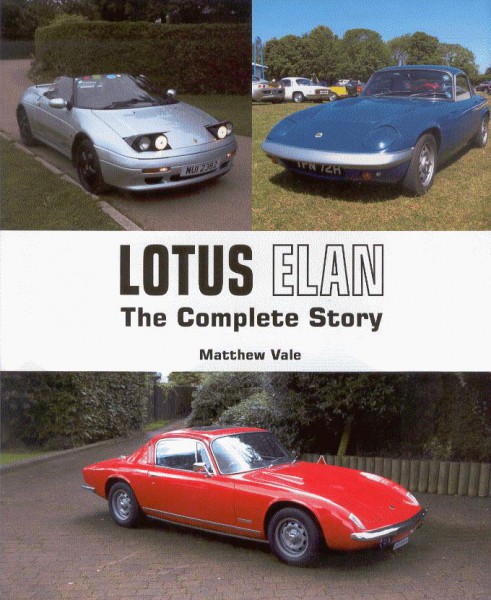
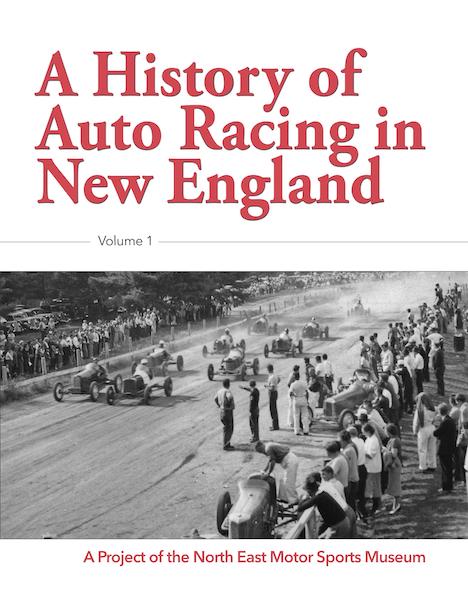
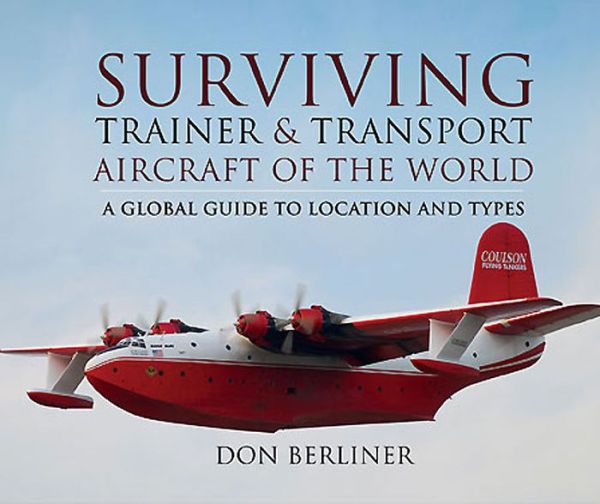


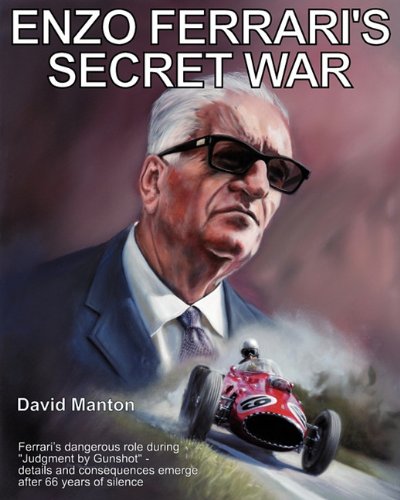

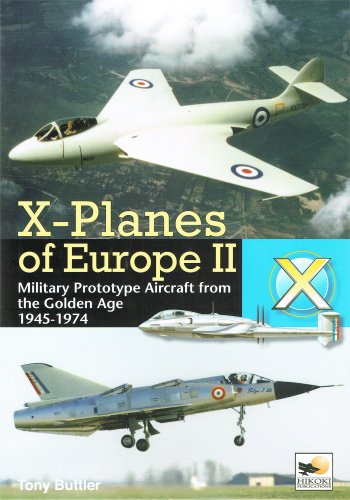
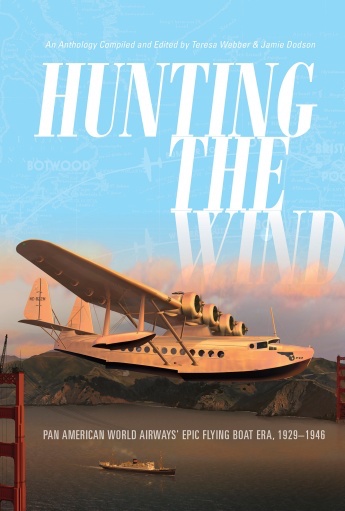
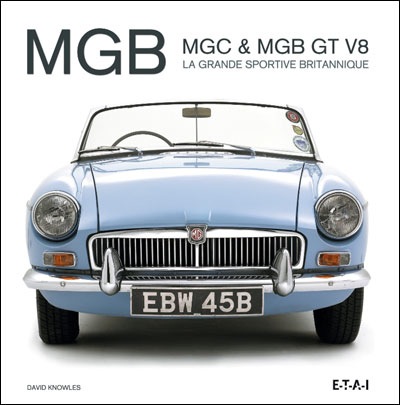

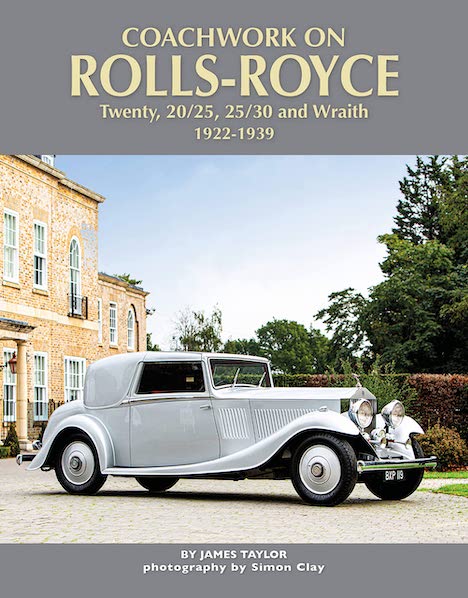
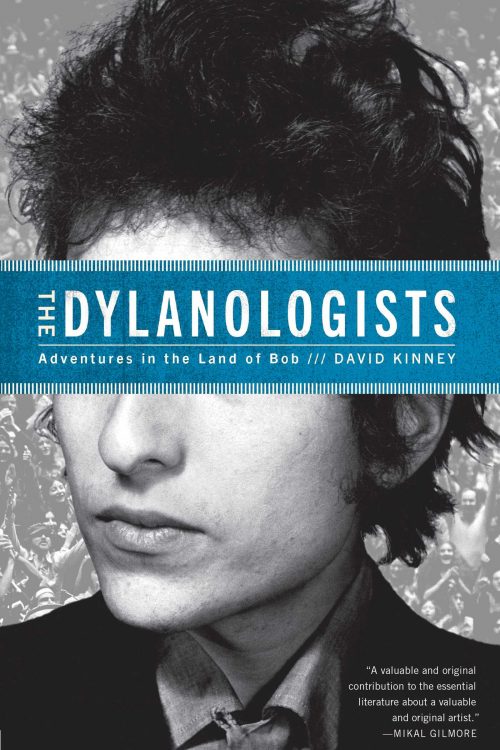
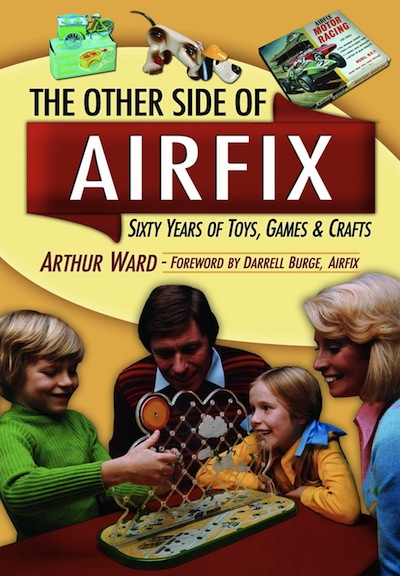
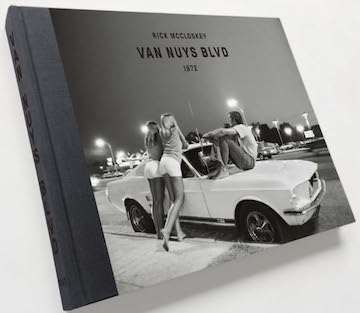
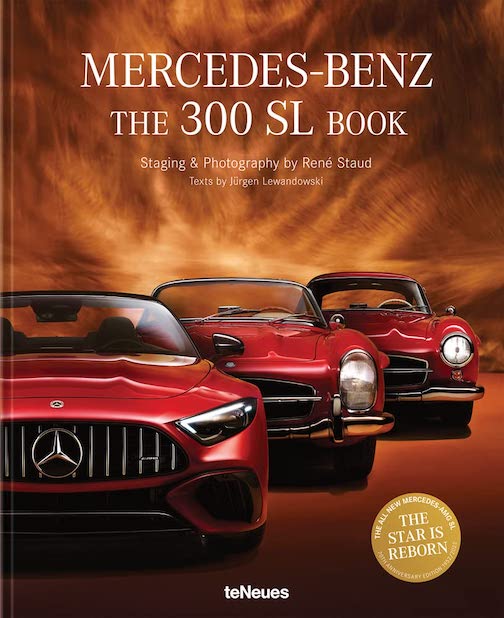
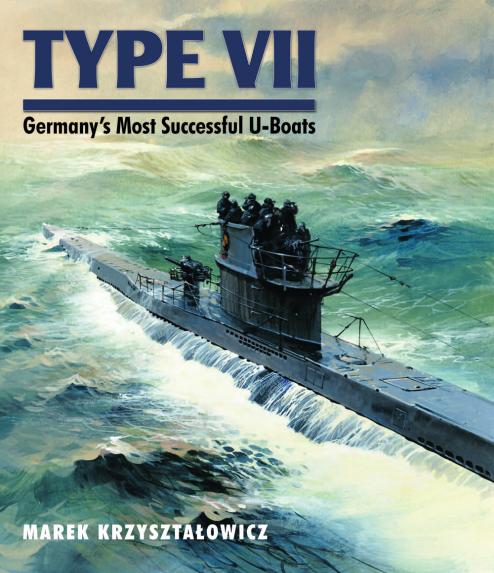
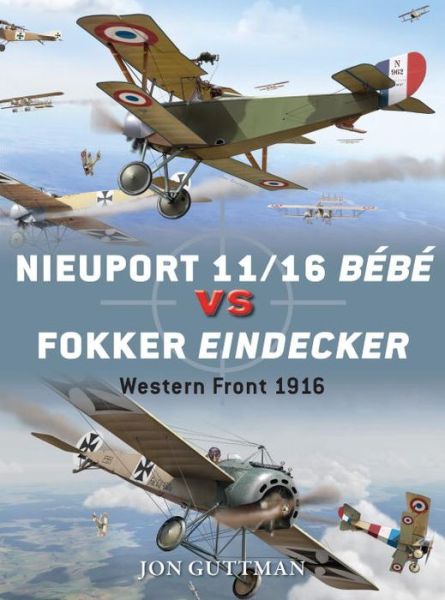
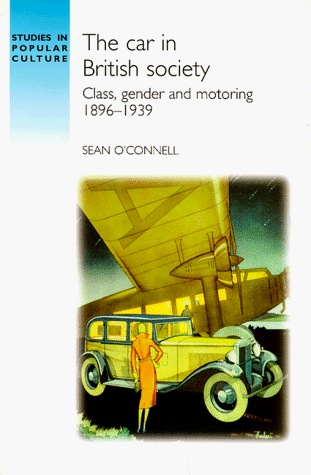
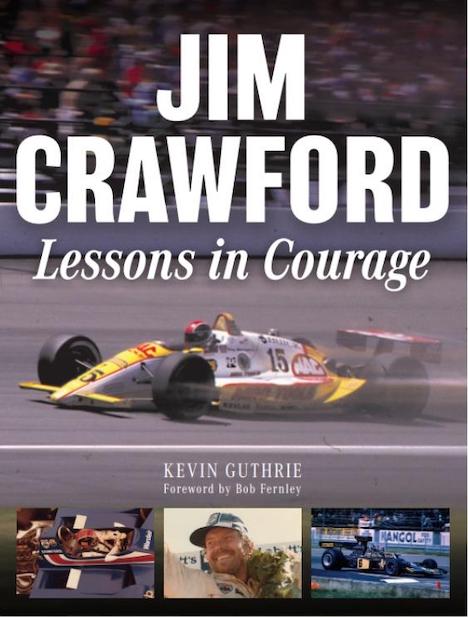
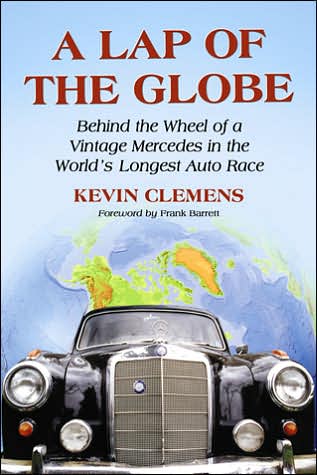
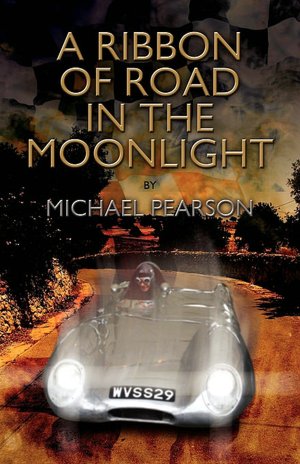
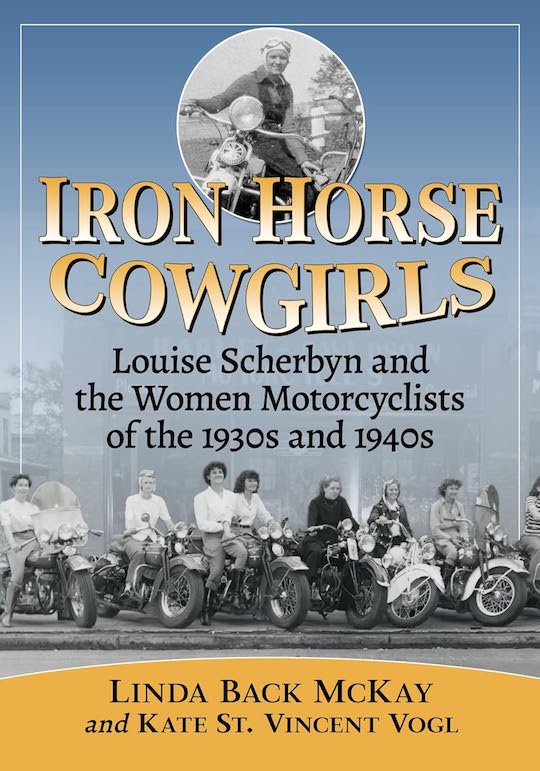
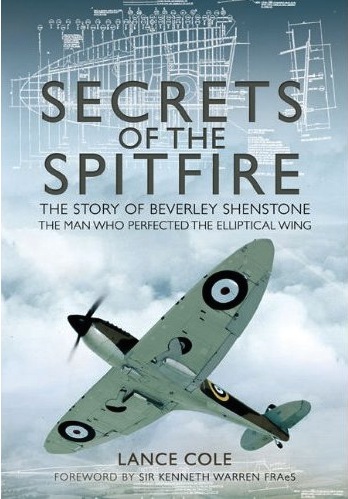
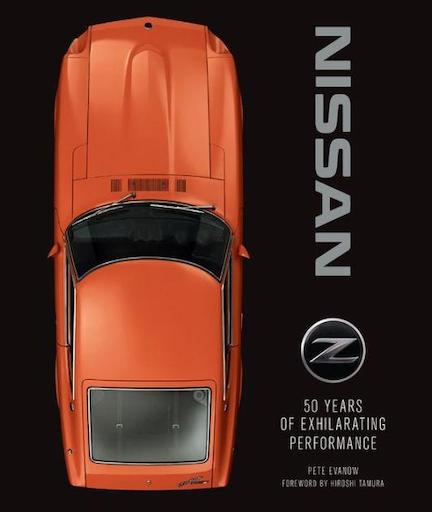
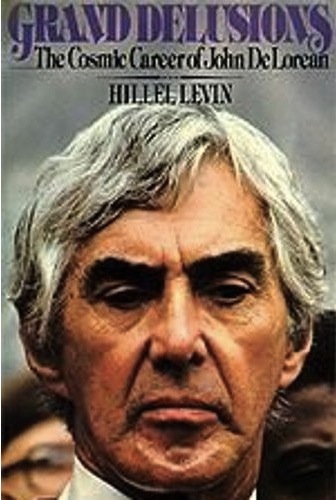
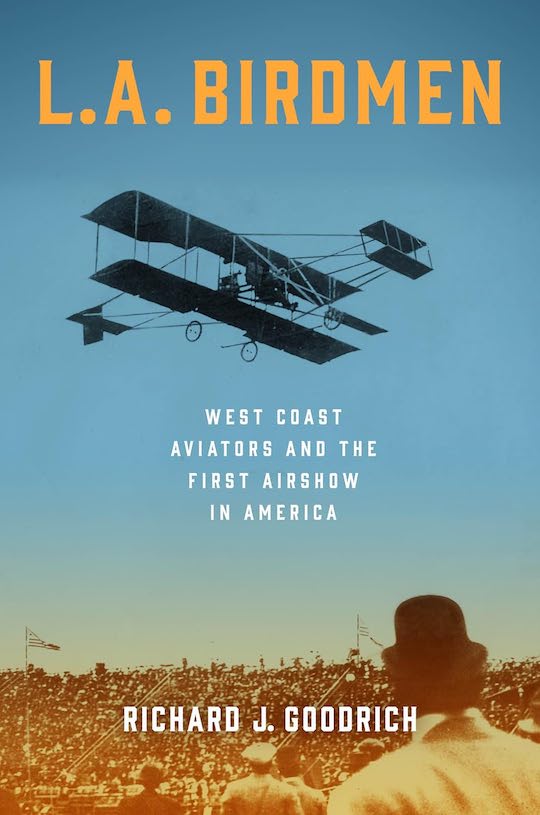
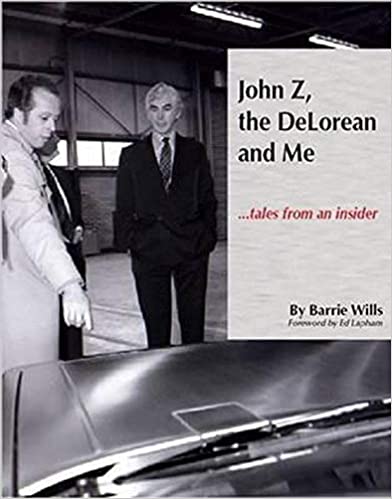
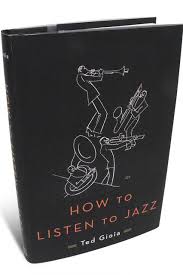
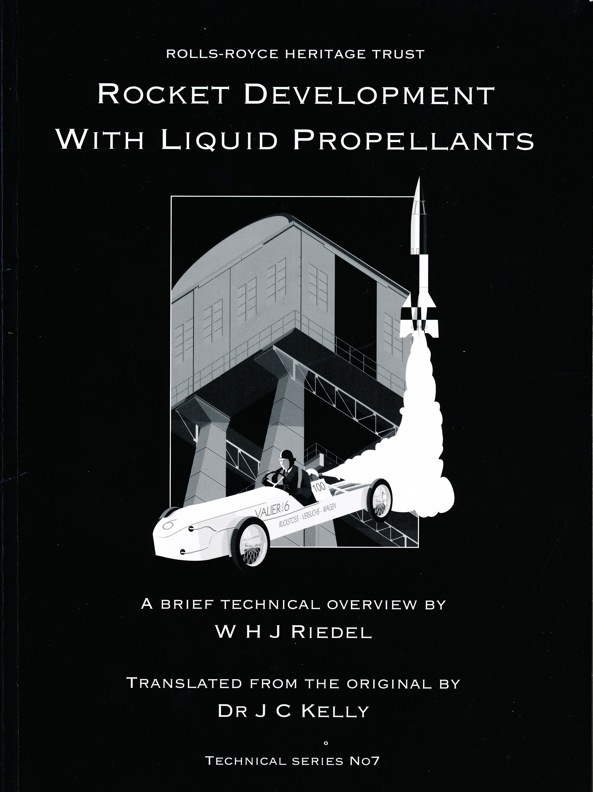
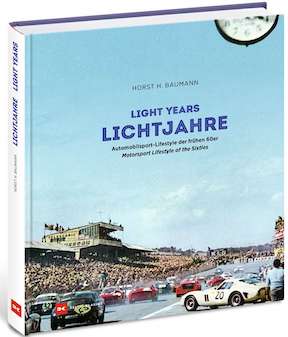

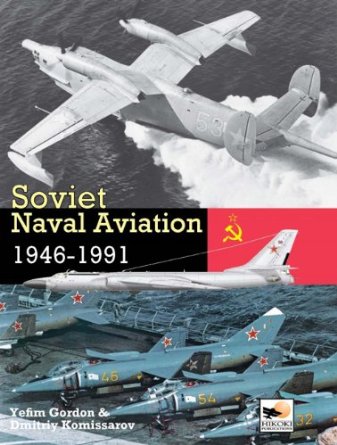
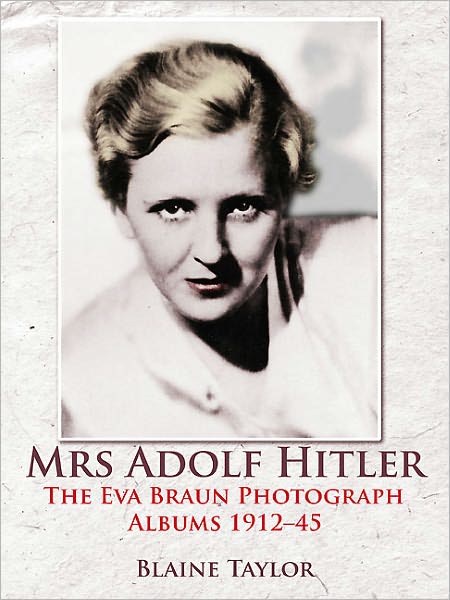

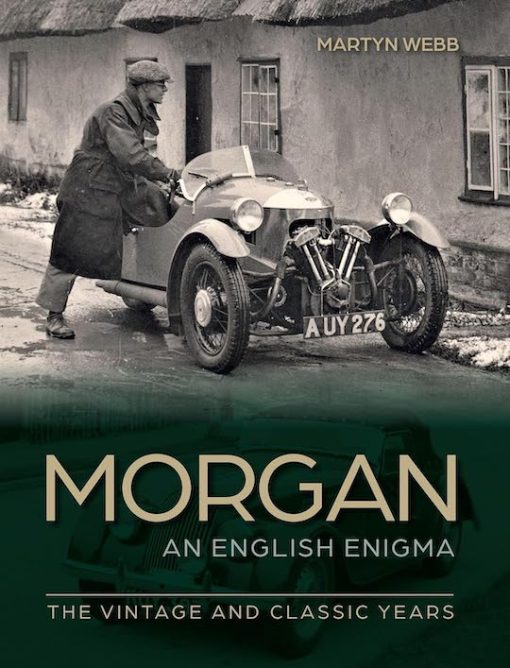
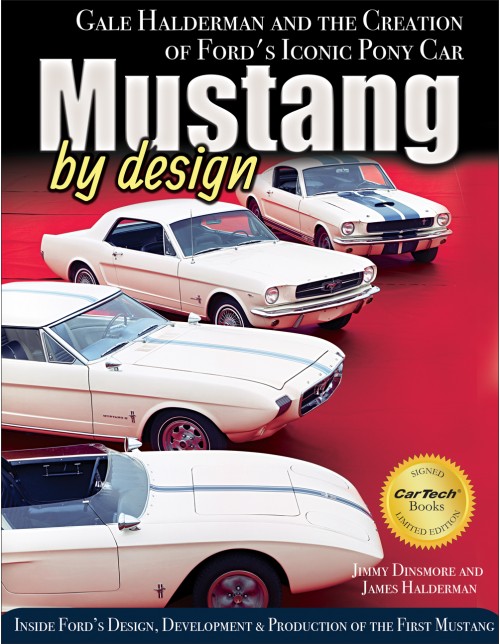
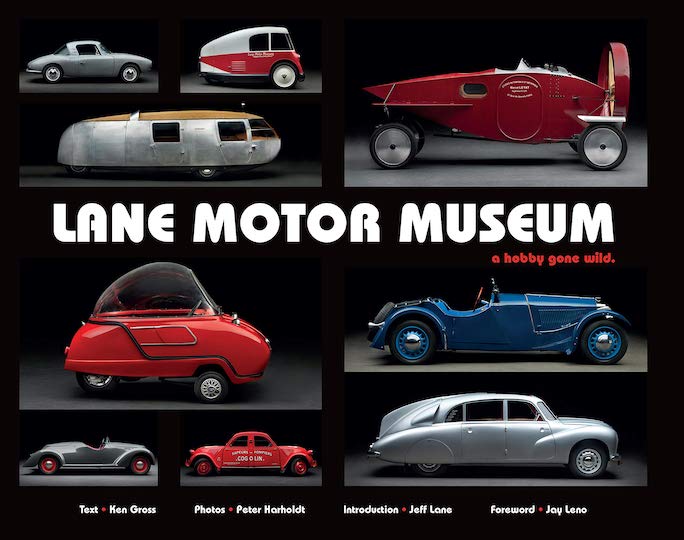

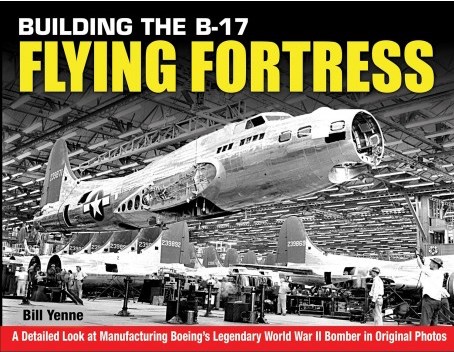
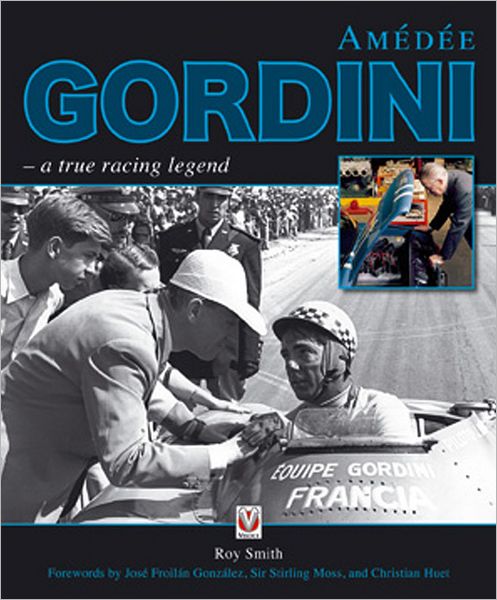
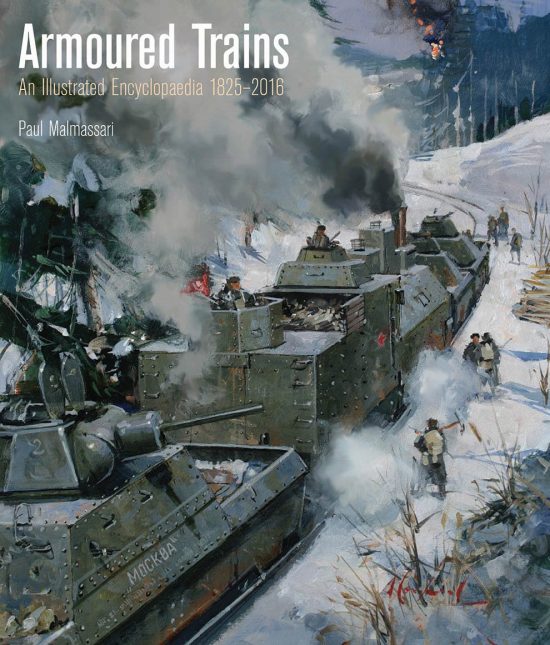
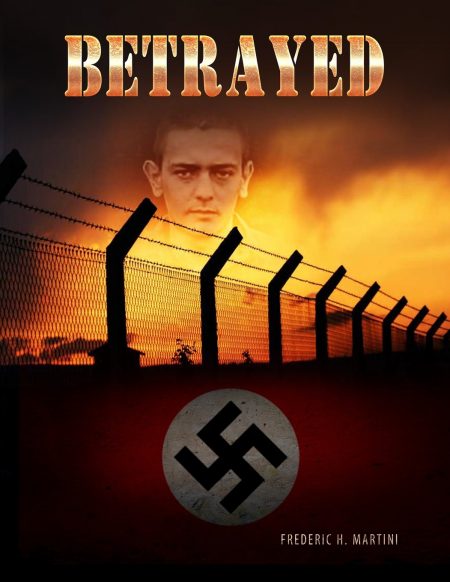
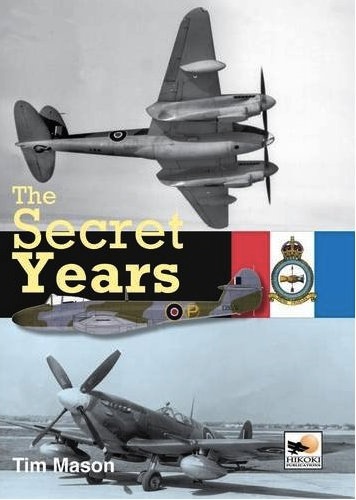
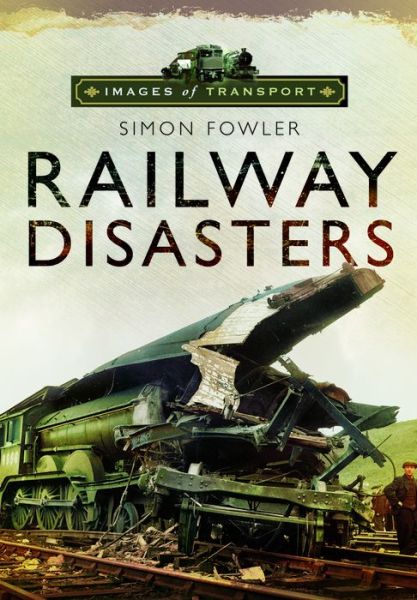
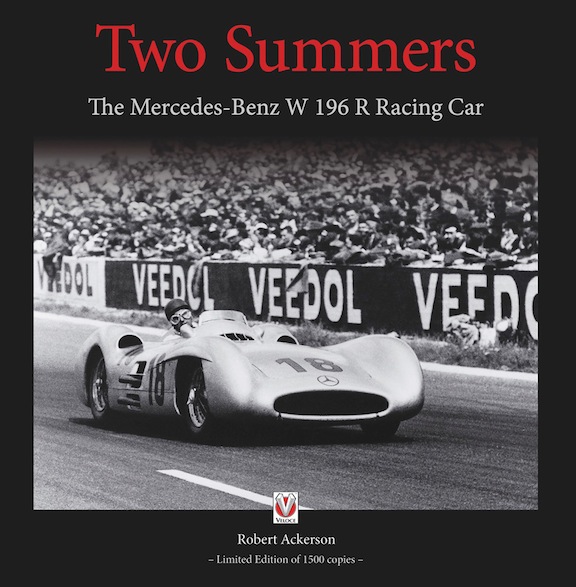

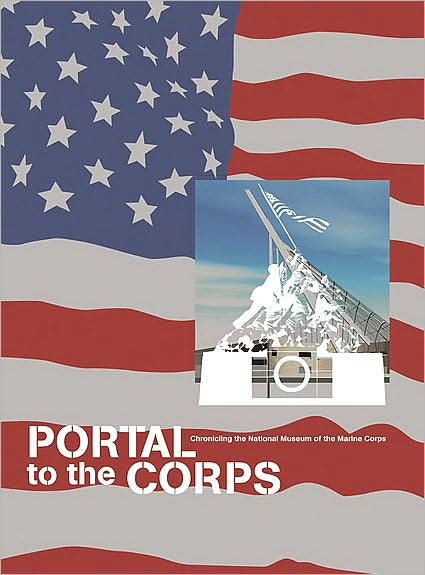
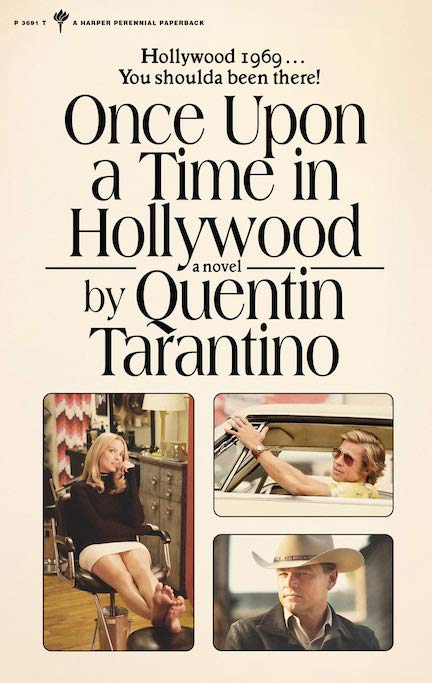
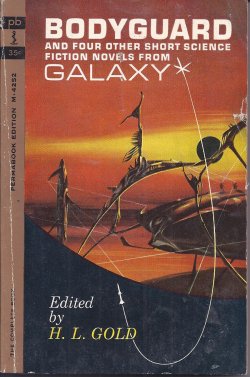
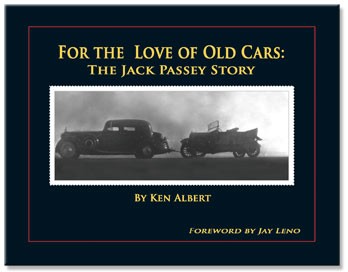
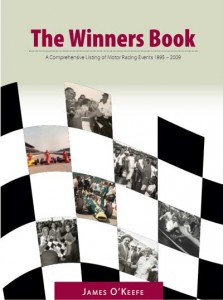
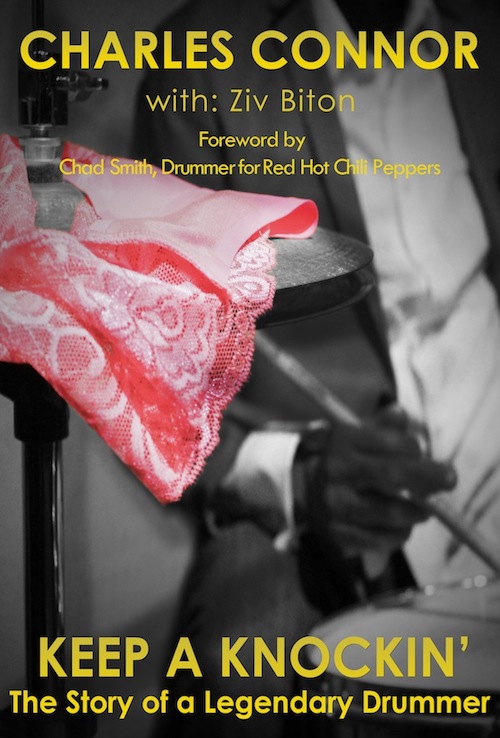
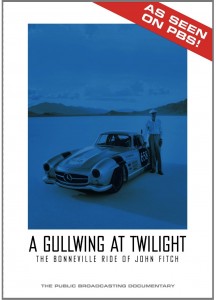
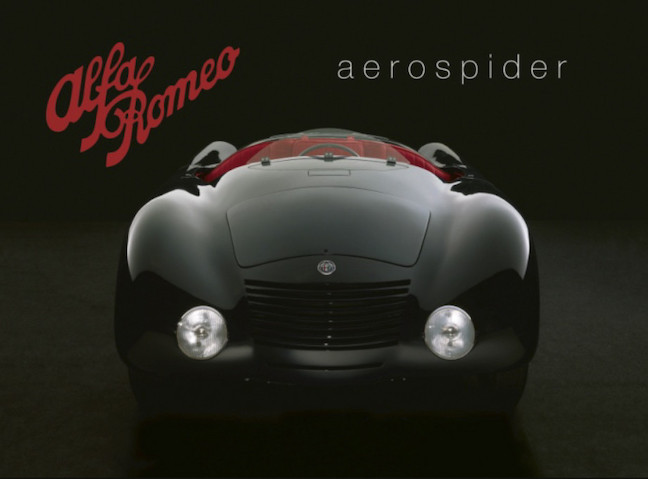

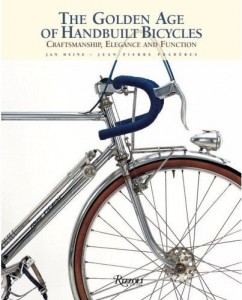
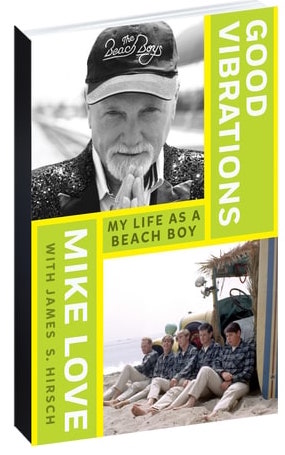
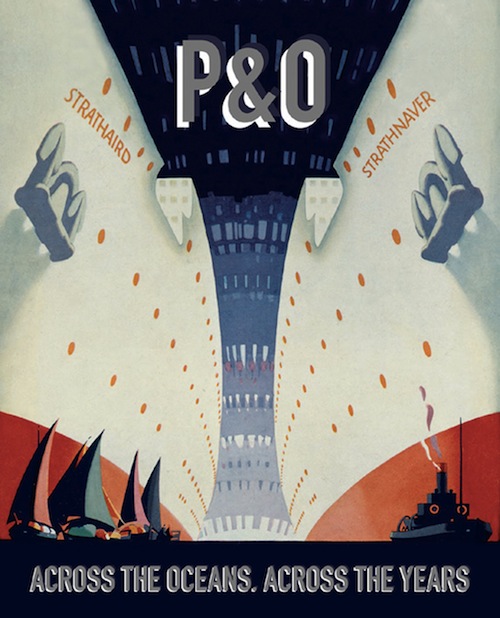
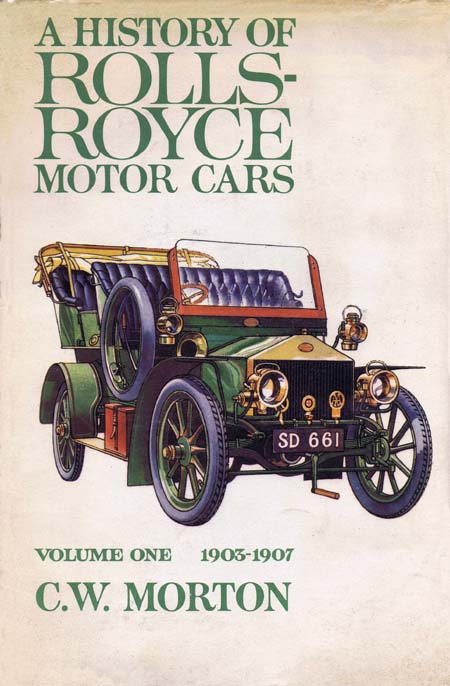
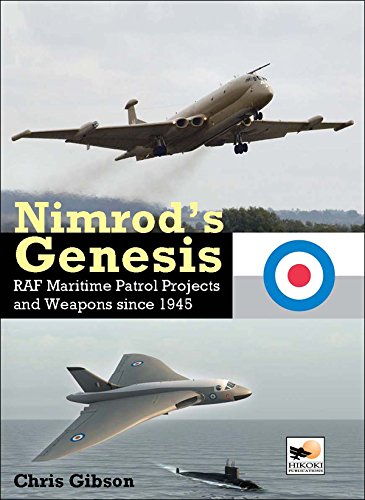
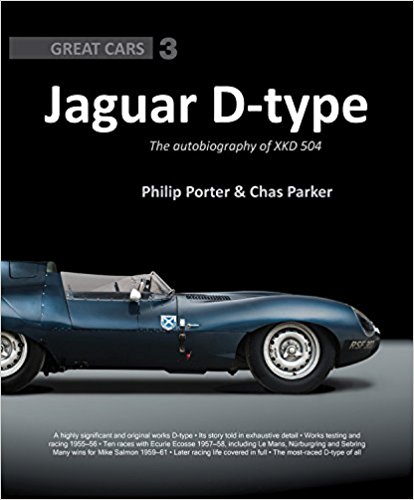
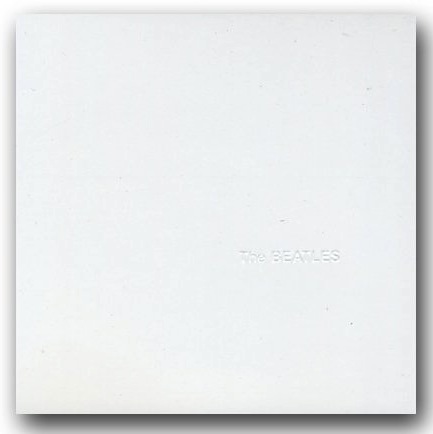
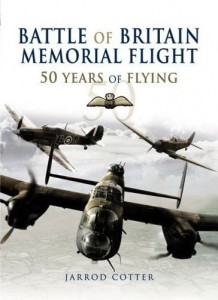

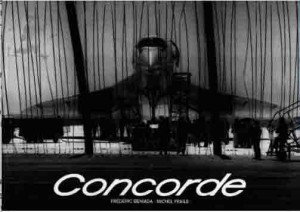


 Phone / Mail / Email
Phone / Mail / Email RSS Feed
RSS Feed Facebook
Facebook Twitter
Twitter